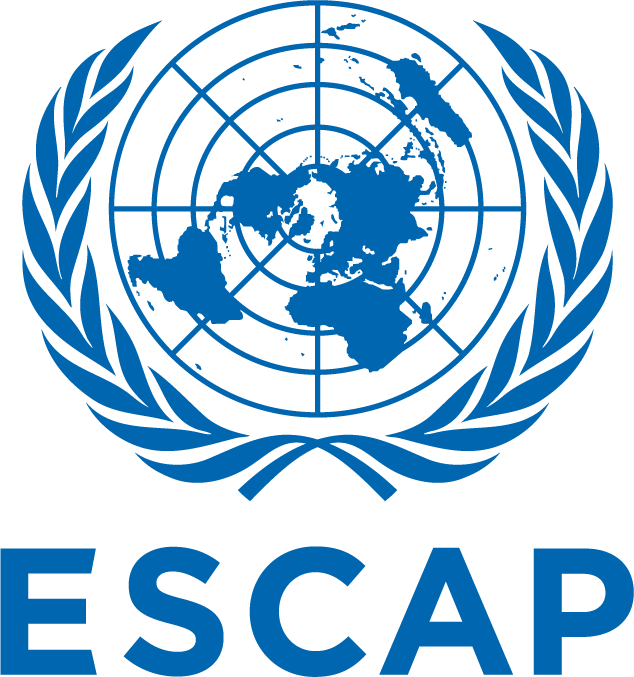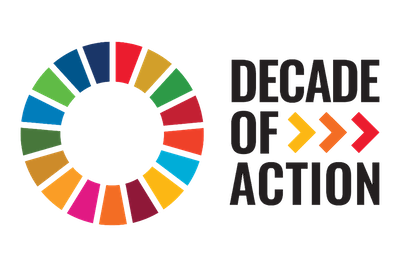
The world has already warmed by around 1°C relative to pre-industrial baselines. According to the report of the Intergovernmental Panel on Climate Change released last month, an additional 0.5°C of warming will increase the risks of weather and climate extremes in many places.
While the report highlights the importance of keeping the warming to a safe limit - ideally no higher than 1.5 ºC by the end of this century - warming in some locations has already exceeded this redline. In Mongolia, for instance, the warming rate exceeds 2ºC or twice the global average.
Rapid mitigation efforts to reduce warming are therefore critical, as are efforts to tackle increased climate-related risks if we are to achieve Sustainable Development Goals.
ESCAP is responding by empowering societies to manage these risks through user-centered and anticipatory approaches. The ESCAP Multi-Donor Trust Fund for Tsunami, Disaster and Climate Preparedness has been supporting countries to develop reliable systems for generating and applying climate forecast and services. Our approach starts with asking what users need to drive the development of information in tandem with other solutions.
Providing forecasts and guidance on response fulfills societies' instinctive demand to anticipate climate conditions, which is critical to managing climate-sensitive activities in the Asia-Pacific region. In Bangkok for example, a city known for its vibrant street food culture, vendors actively access and use weather forecast.
In ancient societies, traditions evolved over time to meet the demand for prediction. In Nusa Tenggara Timur, eastern Indonesia, farming decisions in the past, such as when and what to plant were customarily based on the seasonal prediction of a tobe or a well-respected member of a clan.
Monsoonal societies have also evolved indigenous ways of predicting the onset and withdrawal of rains using environmental indicators. Their capacity to predict the season and to respond accordingly can spell the difference between a bumper and a bad harvest.
ESCAP's decade-long support, which is being implemented by the Regional Integrated Multi-Hazard Early Warning System for Africa and Asia (RIMES), has allowed countries to capitalize on advances in weather and climate forecasting to improve the management of activities that depend on, or are affected by, climate. This information is increasingly critical: as the level and speed of warming is unprecedented, societies' past climate knowledge is no longer a reliable guide.
However, solutions that center on managing the climate alone are incomplete — the impacts of climate change on sustainable societies will be determined not only by the levels of warming, but by a dynamic interplay between climate, development and society.
For one, the availability of science-derived information must be used institutionally and collaboratively.
Insights from ESCAP/RIMES projects suggest that forecasts are most effective in influencing risk management decisions when integrated into functioning social processes. In Sri Lanka, forecasts from the Department of Meteorology are shared and discussed at pre-season meetings among farmer leaders, irrigation operators, agricultural extension officers and local officials. Through these long-standing meetings, the forecast is blended with local and contextual knowledge to assess the risks during the season. The resulting insight empowers the farmers to make informed choices and decide on the level of trade-offs that are acceptable to them—whether to plant paddy or switch to less intensive crops or forgo planting altogether.
Second, risk management needs enabling conditions and viable alternatives. While the consequences of neglecting information can be deadly, sometimes options are lacking. For example, small-scale fisherfolks in some places do not heed severe weather warnings because forgoing fishing, even for just a day or two, means losing their sole source of income.
Creating enabling conditions entails providing access to technology, market information, and resources such as finance, land and water for flexible response.
Again, Sri Lanka offers an interesting insight into how social institutions could provide these conditions. When a below average rainfall is forecasted - meaning reduced irrigation coverage - a collective drought management strategy called "bethma" is activated. This practice involves equally dividing the fields that can be serviced with irrigation water during the season, among all participating families regardless of ownership. Because everybody receives equal access to land and water, empirical studies suggest that farmers who participated in bethma are better able to cope with the succession of droughts affecting Sri Lanka in recent years.
Finally, the broader socio-economic factors that make people vulnerable to climate risks could not be downplayed. A warming climate unfolds in Asian societies where prosperity and deprivation starkly co-exist; lack of access to infrastructure is widespread; and ecosystem services are being degraded. These conditions are aggravating climate risks for many people, especially the marginalized poor. Tackling poverty and inequality is imperative to minimizing the worst impacts of a changing climate.


